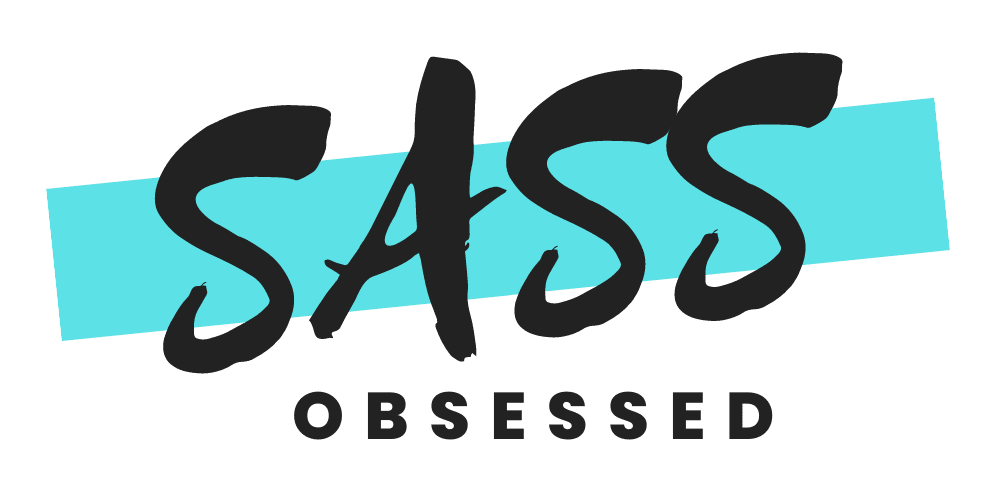The Environmental And Social Impact Of Textile Production
Hey there sustainability lovers! We’re Sass Obsessed, and we handmake all of our beautiful cotton crochet products with love – from bags and bralettes to dresses and coasters. Today, we want to talk about the environmental and social impact of textile production. In particular, we want to focus on how the fashion industry is one of the biggest polluters in the world – and what we can do about it.
The fashion industry is responsible for 10% of global carbon emissions – more than international flights and maritime shipping combined. What’s more, the average person buys 60% more clothing items now than they did 20 years ago – but each garment is only worn half as often.
In other words, we’re buying more clothes than ever before, but we’re wearing them for shorter periods of time. This “throwaway culture” is largely to blame for the fashion industry’s massive pollution problem.

The Problem with Fast Fashion
One of the biggest problems with the fashion industry is fast fashion. Fast fashion is when clothes are designed, manufactured, and sold quickly and cheaply. This might sound great for the consumer, but it’s actually really bad for the environment and the people who work in the textile industry.
Fast fashion brands produce a lot of clothing that ends up being worn a few times and then thrown away. This creates a lot of waste, and it also uses a lot of resources. Cotton, for example, is a water-intensive crop, so growing it takes a toll on water supplies. Dyeing fabrics uses a lot of energy and chemicals, which can pollute rivers and harm workers.
The people who work in the textile industry are often paid very little, and they work in dangerous conditions. In 2013, over 1,100 workers were killed when a factory collapsed in Bangladesh. This tragedy brought attention to the plight of workers in the fashion industry, but not much has changed since then. Workers are still paid very little, and they often have to work long hours in unsafe conditions.

So what can we do about it?
- For starters, we can all start paying attention to where our clothes come from and how they’re made. When you know where your clothes come from and who made them, you’re much less likely to throw them away after just a few wears.
- Additionally, we can all start shopping secondhand more often. Buying secondhand clothing is a great way to reduce your environmental impact while still staying stylish.
- Buy less clothing. One way to do this is to buy higher-quality clothes that will last longer.
- Another way is to shop secondhand or rent clothes instead of buying new ones.
- Pay attention to where your clothes come from and how they’re made. When you’re shopping for clothes, look for brands that are transparent about their manufacturing process and that use sustainable materials like organic cotton or recycled polyester.
- Take care of your clothes so they last longer. Wash them less often (only when they’re really dirty), line dry them when possible, and repair them instead of throwing them away.
- And last but not least, we can all start supporting sustainable fashion brands like Sass Obsessed that are working hard to make a difference.

Conclusion:
The fashion industry is one of the biggest polluters in the world – but that doesn’t mean there’s nothing we can do about it. By paying attention to where our clothes come from, shopping secondhand whenever possible, and supporting sustainable fashion brands, we can all make a difference. What are you waiting for? Let’s get started!
